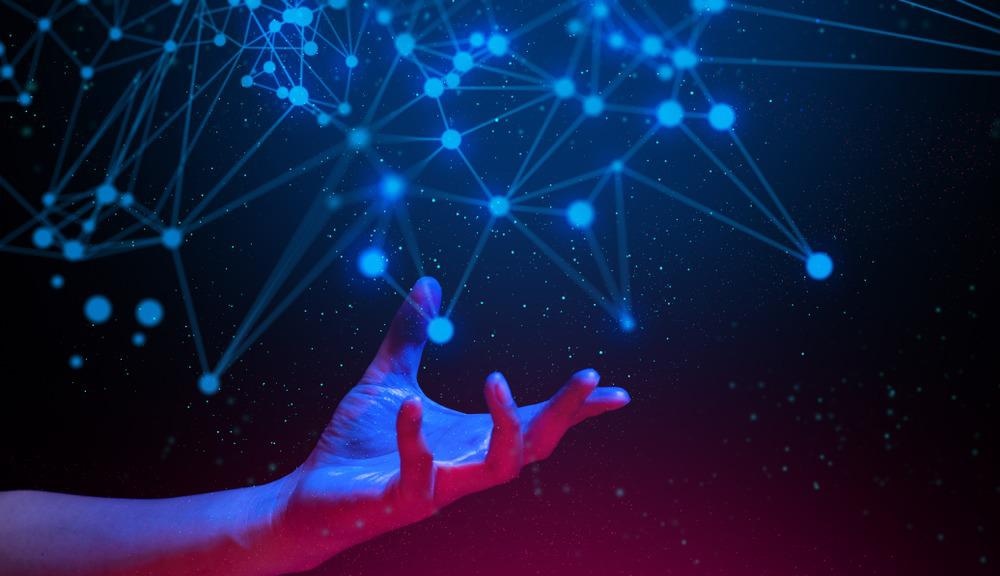The Internet of Things (IoT) is an extension of internet connectivity into physical devices. These devices are embedded with electronics that communicate and interact with other machines, sensors, connected appliances, and internet-powered equipment which can be remotely monitored and controlled.

Image Credit: issaro prakalung/Shutterstock.com
The IoT is changing how entire organizations operate and has the potential to transform the mining industry. It allows the industry to introduce underground monitoring and control systems to improve safety, and to automate certain operations so they run more efficiently and at a lower energy and financial cost.
A recent survey of 100 mining organizations revealed that 70% of participants believed IoT would give them a significant advantage over their competitors, yet the mining industry has been slow to adopt the technology. Additionally, 41% thought it could help build business process automation while almost half said it could be used to help save costs.
IoT to Improve Efficiency
Mining already makes use of artificial intelligence (AI), machine learning (ML), and drones, but digitalization and automation can further improve efficiency, save operational costs and increase excellence in mines.
The main purpose of IoT in mining is to increase productivity and reduce costs; this can be achieved using sensors on mining hardware and systems that monitor equipment. The data these sensors gather – known as big data – can be used to determine more cost-effective methods of conducting their operations and further increase efficiency.
The data from these sensors can also be used to reduce operational downtime by training machinery to be more efficient. Glencore, for example, have been using digital sensors to gather fundamental data from interconnected resources and equipment to see how it functions to improve overall efficiency. This has enabled them to increase the average tonnage from 55 tons to 60 tons in each outing.
Furthermore, the data from a completely integrated network allows companies to perform predictive maintenance as opposed to preventative maintenance, thus reducing equipment downtime through breakdown. The use of sensors allows companies to gain insight by monitoring, gathering, and analyzing the data from individual pieces of mining equipment.
Assessing each part of an operation is therefore much simpler and provides administrators with the opportunity to identify wear and tear for crucial equipment, and determine when repairs or maintenance are necessary. Incorporating IoT also means that when something does need fixing, engineers can sign in remotely and fix issues, potentially saving the site time and money.
Improving Safety in Mining with the Internet of Things
Mining has always been a very hands-on industry - there is often a need to physically extract or handle the product and with that comes a risk to the workers in terms of injury and falling debris – particularly as mines are getting deeper and more dangerous.
Introducing IoT can remove workers from dangerous situations by anticipating the breakdown of unsound shafts. Sensors on equipment connected via IoT will receive real-time information and help avoid accidents by predicting where issues might occur and whether there is any faulty machinery. An IoT-powered central system can also determine efficient evacuation procedures and rescue operations in case of an emergency.
IoT helps minimize health-related risks including hearing loss, lung disease, and chemical risks by monitoring individual worker health. IBM, for example, has partnered with Garmin to develop wearable sensors that provide real-time information about the health of workers and provide alerts on high pulses, man-down situations, and other biometric signs.
Improving Mining Plant Design
The initial application of IoT is in plant design; each plant will be unique, needing different things to improve the production stream.
Wired devices such as sensors are not generally set in predetermined locations but can become static when deployed, making it difficult to make additions or adjustments. This is not the case with IoT communications technologies as you can be much more flexible. The sensor can be moved around and positioned in an area that is ideal for data collection during production.
Mines are increasingly setting up in off-grid areas, meaning power infrastructure is often lacking, so organizations are transitioning toward scalable microgrids to satisfy power requirements. Mines also adversely affect the surrounding environment, causing erosion, biodiversity loss, and contamination of surface water, groundwater and soil – IoT-connected sensors can monitor this impact.
IoT and AI
The IoT and AI are heavily linked; IoT is the underlying system that enables the use of AI, while AI enhances the power of IoT by streamlining operations, lowering costs and improving safety.
Sensors connected by the IoT provide plenty of data inputs from drilling reports and geological surveys to enable AI and ML to predict and make recommendations for exploration, leading to more efficient processing and higher overall yields. It can also be used to automate drills and trucks, again improving efficiency and safety.
The Future of the Mining Industry
The Internet of Things has the potential to transform the mining industry, but this traditionally hands-on, people-led profession has been slow to adopt the technology. IoT can help the mining industry improve efficiency, streamline processes and reduce costs.
Furthermore, it can improve safety within the mines by providing real-time information on conditions, and help with blasting and excavation by gathering big data. Individual worker health can also be monitored with separate wearable sensors.
The mining industry stands to benefit hugely from IoT and its associated technology, but there are still some challenges to overcome. The depth of mine can make connectivity and communications difficult for example, but by implementing more reliable connectivity and data-processing strategies, this can effectively be overcome.
References and Further Reading
Mining (2021) How IoT Technology is Transforming the Mining Industry. Mining. [Online] https://miningglobal.com/technology/how-iot-technology-transforming-mining-industry
Ramesh, V. IoT In Mining. Infosys BPM [Online] https://www.infosysbpm.com/blogs/sourcing-procurement/iot-in-mining.html
Disclaimer: The views expressed here are those of the author expressed in their private capacity and do not necessarily represent the views of AZoM.com Limited T/A AZoNetwork the owner and operator of this website. This disclaimer forms part of the Terms and conditions of use of this website.